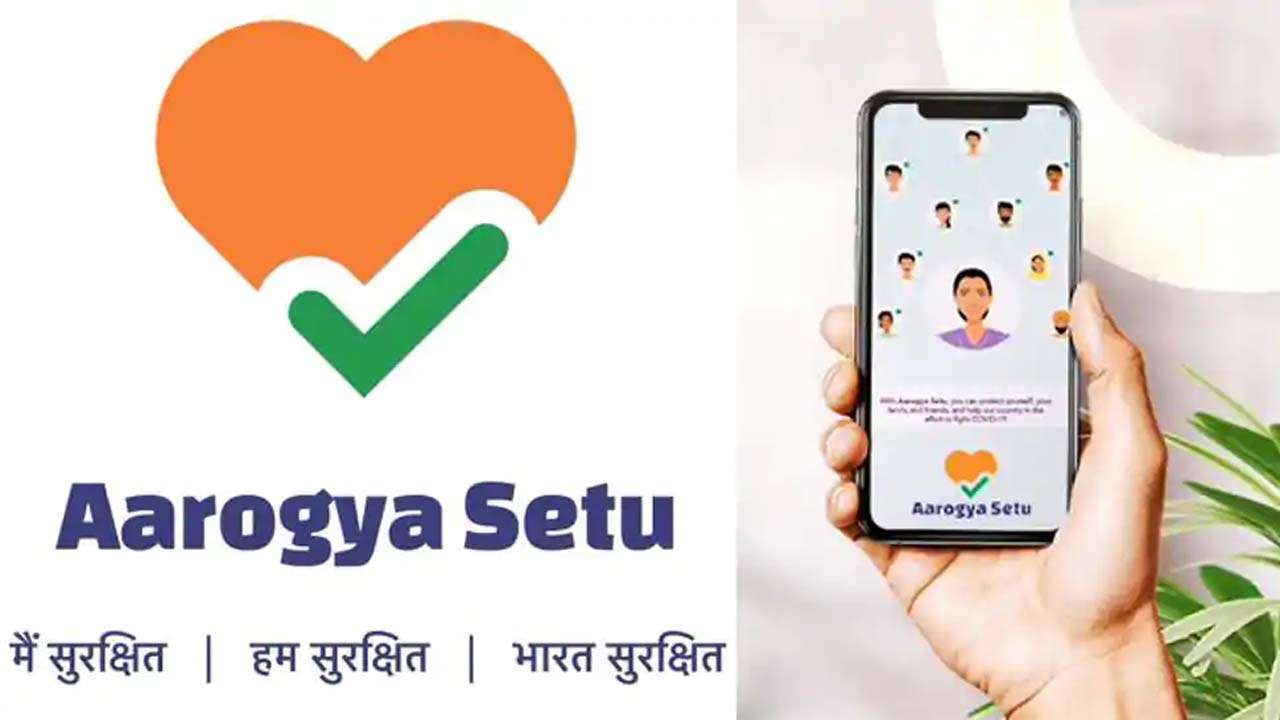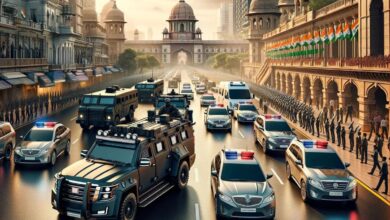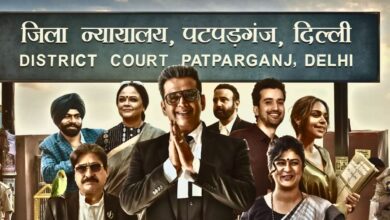How has the Deadly Pandemic shaped politics in India in 2020
How has the Deadly Pandemic shaped politics in India in 2020
The forefathers of the Indian Constitution introduced the multiparty system in India. The multi-party system ensures free and fair opportunity for electoral competition. It also ensures that the country remains out of any type of hegemonic power exercised any party leader swearing in the office. An effective opposition makes it possible for the government to be accountable to the public and the parliament.

This multiparty system in India has always kept each other on toes time and again. As a result of this system, India has 8 National parties, 52 State parties and 2538 unrecognized parties. All these parties give equal competition to each other not only through election but also through one more aspect that politicians are famous for- Politics
For understanding the reasons behind politics, we need to understand the nature and etymology of politics. Politics came from the Greek word ‘Politika‘ which means ‘affairs of the city’. This simple affair of the city has dropped down to personal attacks, paid votes and manhandling of the EVMs. No wonder that the downfall of the affairs of the city is known as dirty politics in the modern era.
With each successive year, the political standard of the nation drops down by some measure. 2020 brought a significant change in the socio-economic sector to the health care sector, 2020 has brought some landmark changes that cannot be forgotten.
The outbreak of COVID-19 has made some distinctive changes not only in the social behaviour of the entire world but also in the realm of politics. If the Indian politics is to be talked about, major debates have shifted and changed forms. However, some of the major changes have stemmed out from the Pre-COVID-19 but have expanded their horizons.

The Pandemic has started many conversations around self-sufficiency of a country and changing social paradigms but has also become a hindrance when it comes to some important political debates, including the dictatorial democracy that many international media sources claim that India is entering into.
Even though some political and existential issues like CAA-NRC have lost pace, but the debate of economy of the country is still in surveillance. The beginning of this year a slight ray of hope had enlightened the countrymen that Indian economy might be on the road to recovery. The month of January was barely over when the novel Coronavirus had hit the country. COVID-19 marked a GDP slowdown of 3.1% in the first quarter. This economic growth has been marked to be slowest since 2003.
The prices of essential items soared manifold and the finance ministry were tight-lipped. The financial year 2019 was extended to mid-June. The sudden unemployment of migrant workers marked the fight of survival of 4 crore people as disguised labour in India.

The central government announced a liquidity-driven relief package of 20 lakh crore for the migrants who have lost their jobs because of the ongoing pandemic. The Pandemic has stagnated the already slowed economy to a new extreme and it has will take a long time to normalize or to get back on its feet. Similarly, the agendas and the debates around the economy have also changed. From the notion of the slowdown of the economy to the argument of making India Aatmanirbhar and how? The Post pandemic politics will shape around self-sufficient India and the Vocal for Local approach and the job creation of the big Indian Corporations like Tata, Adani and Reliance.
Never before in the history of Indian Politics has Public Health and the Healthcare System has been a political concern in this country. The conversion of government institutions in COVID centers. The Pandemic has severely challenged the health care system that has served as an evidence of lacking health infrastructure. The post Pandemic era would be marked with more investment in health care sectors inviting key players in this sectohegemonicr.

For the accessibility of people, the Ayushman Ministry has also launched an app called Aarogya Setu which helps in tracking down people who are infected with COVID. Using the Bluetooth of the smartphone, this app notifies the user when a COVID infected person comes in the radius of 2 km. In the post-pandemic era when people start venturing out, many such trackers apps might be flooding the market.
The opposition did talk about Aarogya Setu being a surveillance app for the citizen after the centralized Aadhar and UDAI were made optional by the supreme court. The television news channels were full of all kinds of arguments for and against this app. The opposition disregarded the measures taken by the government and called the ruling Government un-prepared for the crisis.

Many of the agendas were focused on the lack of beds and health equipment like PPE kits and ventilators. The focus was also shifted to the Corona warriors, the health care workers. The worst affected people by the pandemic are the health workers who are working tirelessly in double and triple shifts so that they can treat people. Politics made this a focal point to question the government about the predicament of the healthcare workers and their fate.
The pandemic has brought the effective working of states in the limelight. The regional leaders made a difference by effectively handling the crisis at the regional level by imposing state lockdowns and containing people. The state like Maharashtra became of the state with the highest number of testing for COVID. It has been the worst-hit state, but with equal rigour has been shown by CM Uddhav Thackrey in handling this incurable disease.
Likewise, Arvind Kejriwal has dealt with the issue with equal dedication and conviction. He was one of the first Leaders in India who had made the statement of normalizing Corona and learning to live with it for a couple of coming years, during a press conference. In the post-COVID era, the role of regional leaders will expand, and India might even have a face for alternate leadership in the country.

The biggest social issue that was made political was the displacement of Migrant Workers and MANREGA. Where on one hand, some state claimed that there is a huge indifference in the MANREGA remuneration which is a big cause as to why the local population to bigger states and cities in search of better prospects. The migrant workers constitute a huge population that works relentlessly for the middle class and the upper-middle classes of the Indian Society. The lockdown was imposed overnight, as a result, the menially essential jobs that these people had were also gone overnight.
Thus, began the politics of the poor that had little to do with them. From booking busses that never existed to making documentaries of the homeless on the footpath, the opposition leader took every path to derail the cause of the government. The government started a special train Shramik Express to send these people home, but that too carried many dead bodies back home. These people did not die of COVID but starvation. A post-pandemic period will also witness some major changes and notion regarding the fate of the migrants and the implementation of MANREGA more effectively so that the benefits could be reaped by the ones who deserve it.
This is how COVID has shaped the Indian Politics and has changed old tangents of policy making including the politics behind it. The pandemic has also led people to wonder that is these the ‘Acche Din’ that the Prime Minister boasts about. If these days are Acche Din, what would be the bad days like?





